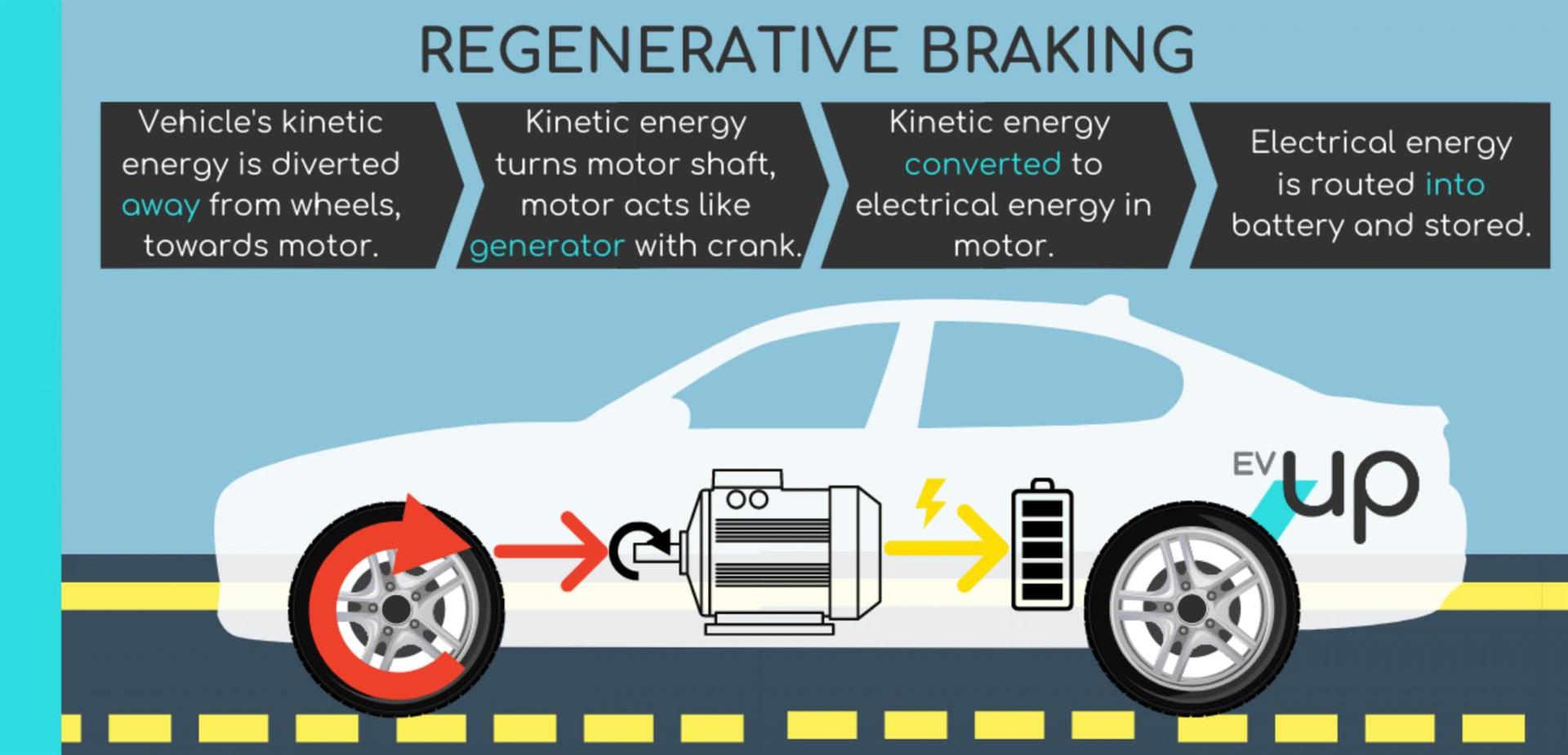What Is Regenerative Braking?
Re-generative braking is a technology used in hybrid and electric vehicles to recover and store some of the kinetic energy. This captured electrical energy is stored in the vehicle's battery, effectively recharging it. This stored energy can later be used to power the electric motor. Regenerative braking systems work by converting the kinetic energy of the moving vehicle into electrical energy. One thing to keep in mind is Regenerative braking does not eliminate the need for traditional friction brakes entirely. In certain situations, such as emergency stops or when the battery is fully charged, hybrid and electric vehicles still rely on conventional braking systems to bring the vehicle to a complete stop. It is important to keep your brakes in good working order.

What Are The Advantages & Disadvantages?
Regenerative braking is a technology used in electric and hybrid vehicles to recover and reuse some of the energy that is typically lost as heat during braking, this includes some advantages and disadvantages. Some of the advantages are like smooth deceleration, extended life/range, and the kinetic energy recovery made that recharges the brakes. Some of the disadvantages are like the weight increase, the complexity and cost, and the diminishing returns at high speeds and the limited improvement in high-speed driving.